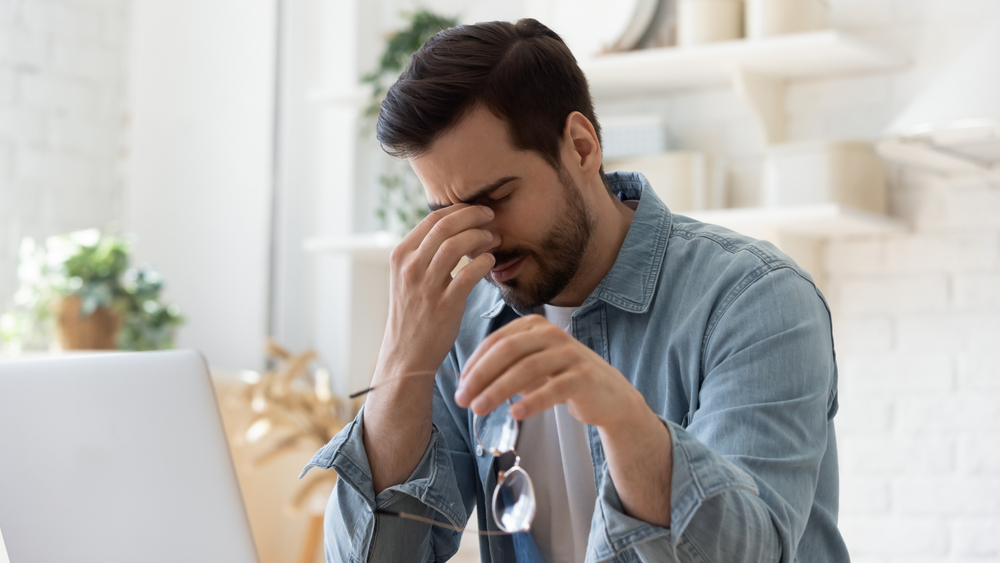How Are Dry Eyes Diagnosed and Treated?
Blog:How Are Dry Eyes Diagnosed and Treated?

How Are Dry Eyes Diagnosed and Treated?
Dry eyes is a common condition that affects millions of people worldwide. It occurs when your eyes don't produce enough tears or when the tears evaporate too quickly, leading to discomfort, irritation, and even vision problems. Understanding the causes, symptoms, diagnosis, and treatment options for dry eyes is crucial for maintaining healthy and comfortable eyes.
Understanding Dry Eyes and Its Causes
One of the leading causes of dry eyes is Meibomian Gland Dysfunction (MGD). The Meibomian glands are responsible for producing the oil (meibum) that helps to prevent tear evaporation. When these glands become blocked or dysfunctional, the tear film becomes unstable, leading to dry eyes. Dry eyes can be caused by a variety of other factors, including:
- Age: As you get older, your tear production naturally decreases, making you more susceptible to dry eyes.
- Gender: Women are more likely to develop dry eyes, especially during hormonal changes like pregnancy, menopause, or while using birth control pills.
- Medications: Certain medications, such as antihistamines, decongestants, antidepressants, and blood pressure medications, can reduce tear production and contribute to dry eyes.
- Environmental Factors: Factors like dry, windy, or air-conditioned environments, prolonged screen time, and smoke exposure can all exacerbate dry eye symptoms.
- Medical Conditions: Conditions like Sjögren's syndrome, rheumatoid arthritis, and thyroid disorders can lead to dry eyes.
Understanding the underlying causes of your dry eyes is essential for finding the right treatment approach.
Recognizing the Symptoms of Dry Eyes
The most common symptoms of dry eyes include:
- Persistent dryness, irritation, or a burning sensation in the eyes
- Redness or inflammation of the eyes
- Sensitivity to light or wind
- Blurred vision or eye fatigue
- Feeling like there is something in your eye
- Excessive tearing
If you experience any of these symptoms, it's important to seek medical attention to determine the underlying cause and receive appropriate treatment.
Diagnosis of Dry Eyes
To diagnose dry eyes, your eye doctor may use a combination of the following tests:
- TearLab: This test measures the osmolarity (concentration) of your tears, which can indicate the severity of your dry eye condition.
- InflammaDry: This test detects the presence of inflammatory markers in your tears, which can help identify the underlying cause of your dry eyes.
- Meibomian Gland Photography: This imaging technique allows your eye care provider to examine the condition of your Meibomian glands and identify any blockages or dysfunction.
These diagnostic tools, along with a comprehensive eye examination, can help your optometrist develop a tailored treatment plan for your dry eyes.
Dry Eye Treatment
If you've been diagnosed with dry eyes, there are several treatment options available to help alleviate your symptoms and improve your eye health. One of the latest advancements in dry eye treatment is Tyrvaya, a nasal spray that works by stimulating the production of tears.
In addition to Tyrvaya, your eye care provider may recommend a comprehensive dry eye care plan that may include:
- Artificial tears or lubricating eye drops to provide immediate relief
- Warm compresses and lid hygiene techniques to unclog Meibomian glands
- Anti-inflammatory medications, either topical or oral, to reduce inflammation
- Punctal plugs to reduce tear drainage and increase tear volume
- Dietary supplements, such as omega-3 fatty acids, to improve tear quality
At Texas State Optical,we dedicated to providing comprehensive dry eye care tailored to your individual needs. We use the latest diagnostic tools and treatment options to help you achieve long-term relief from your dry eye symptoms.
Schedule Your Dry Eye Evaluation with Texas State Optical Today
Dry eyes can be a frustrating and debilitating condition, but with the right diagnosis and treatment, you can find relief and maintain healthy, comfortable eyes. By understanding the causes, symptoms, and available treatment options, you can take proactive steps to manage your dry eye condition and improve your overall eye health.
If you're experiencing dry eye symptoms, schedule an appointment with our dry eye experts at Texas State Optical. Our team will work with you to develop a personalized treatment plan to restore your eye health and comfort. Visit our office in Austin, Texas, or call (512) 452-5735 to book an appointment today.


